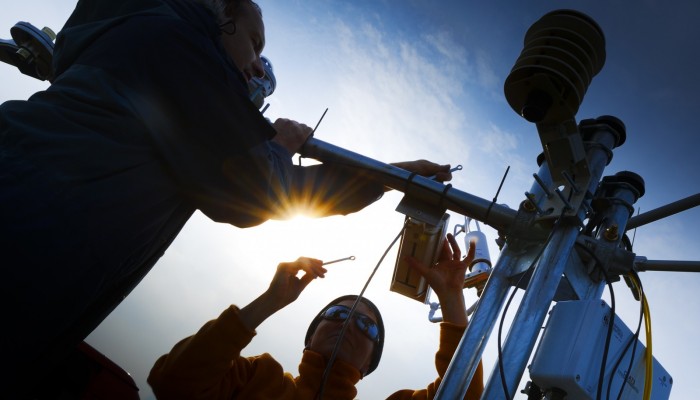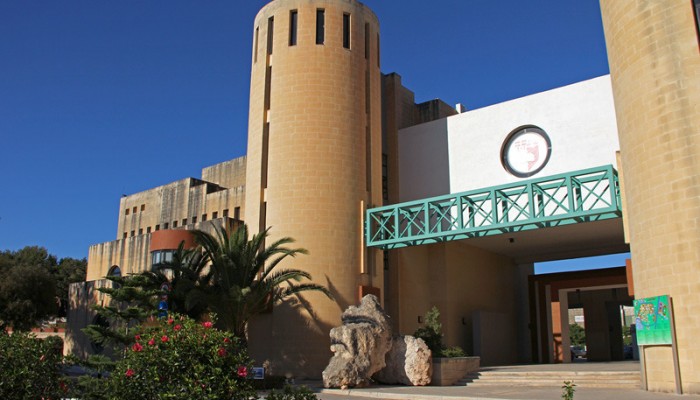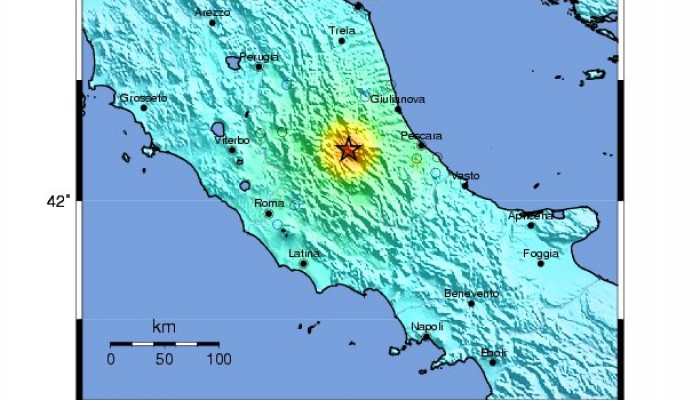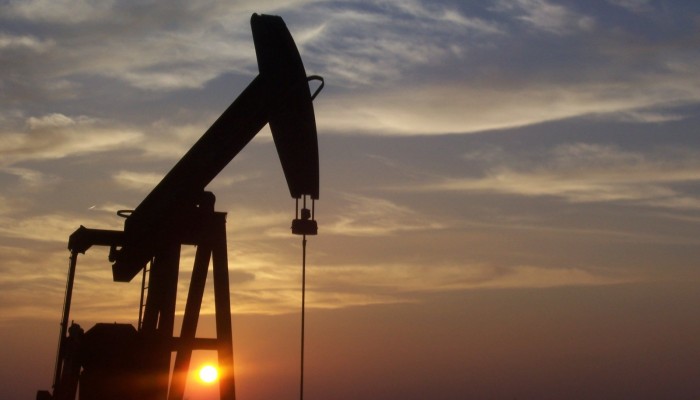Words on Wednesday aims at promoting interesting/fun/exciting publications on topics related to Energy, Resources and the Environment. If you would like to be featured on WoW, please send us a link of the paper, or your own post, ERE.Matters@gmail.com *** Citation: Unterbruner, U., Hilberg, S. and Schiffl, I. Understanding groundwater – students’ pre-conceptions and conceptual change by a th ...[Read More]
If you didn't find what you was looking for try searching again.
GeoLog
Imaggeo on Mondays: Science in action – how will climate change affect Central Europe?
The effects of a warming climate are expected to be far reaching. Sea-level rise, and how it will affect costal settlements make regular headlines, and not without reason. However, climate change may have other less obvious but equally dangerous impacts; for example, take a look at this recent piece highlighting the increased risk of storms and droughts in mainland Europe. The area of Saxony-Anhal ...[Read More]
Seismology
Job opportunity at the University of Malta
The Seismic Monitoring and Research Group (SMRG) within the Department of Geosciences at the University of Malta requires the services of a Research Support Officer to work on projects and activities conducted by the group. The position requires the successful applicant to: contribute actively towards the operation and maintenance of the Malta Seismic Network and Virtual Mediterranean Regional Net ...[Read More]
Seismology
L’Aquila seismologists cleared for good
Many European and international seismologists have been following the court saga that taunted the local earthquake scientist following the 2009 L’Aquila earthquake (central Italy). Finally, the Italian supreme court has cleared the scientists for good ! Several website, blogs, journals and even conference sessions have highlighted the case: BBC, The Guardian, EOS, AGU, EGU, Natural Hazar ...[Read More]
GeoLog
Geosciences Column: Earthquakes and depleted gas reservoirs; what comes first?
An ever growing population means the requirement for resources to fuel our modern lifestyles grows too. Be it in mining, oil/gas extraction or the improvement of renewable technologies, the boundaries of where and how we access resources are constantly being pushed. Previously inaccessible resources become viable prospects as demand increases and our technological know-how advances. Hand in hand w ...[Read More]
GeoLog
Geoscience hot topics – Part I: The Earth’s past and its origin
What are the most interesting, cutting-edge and compelling research topics within the scientific areas represented in the EGU divisions? Ground-breaking and innovative research features yearly at our annual General Assembly, but what are the overarching ideas and big research questions that still remain unanswered? We spoke to some of our division presidents and canvased their thoughts on what the ...[Read More]
VolcanicDegassing
Volcanoes of the Ethiopian Rift Valley
The great Rift Valley of Ethiopia is not only the cradle of humankind, but also the place on Earth where humans have lived with volcanoes, and exploited their resources, for the longest period of time. Perhaps as long ago as 3 Million years, early hominids began to fashion tools from the volcanic rocks from which the Rift Valley was floored, including basalt and obsidian. The Ethiopian Rift Valley ...[Read More]
GeoSphere
My DEFENCE! Follow live tweets with #129I @ 2:30pm ET
My PhD defence is this week (Wednesday) at 2:30pm ET. I am feeling pretty good about the whole thing but at the same time nervous. I just don’t know exactly what to expect. I have a sort of idea of what the questions might cover and where my assumptions or conclusions might be challenged. However, the uncertainty of all this is what is making me nervous. I have gotten lots of good advice fro ...[Read More]
GeoLog
Imaggeo on Mondays: Drilling a landslide
That landslides are hazardous goes without saying; the risk posed by them will largely depend on where they occur and their exact characteristics, which makes understanding the mechanisms which trigger them, as well as predicting when they might happen, extremely difficult. Today’s Imaggeo on Mondays image, brought to you by Ekrem Canli, a PhD student at the University of Vienna, is an example of ...[Read More]
Geology Jenga
Yet another way we are altering Earth’s natural functioning
So it has been a while since I last blogged, attributed to various excuses – fieldwork, moving job, moving house – but moving forwards I intend to spend more time discussing the myriad aspects of geoscience I find fascinating. One good example is a recent paper from Janice Brahney (University of British Columbia) and colleagues in Global Biogeochemical Cycles entitled ‘Is atmospheric p ...[Read More]








